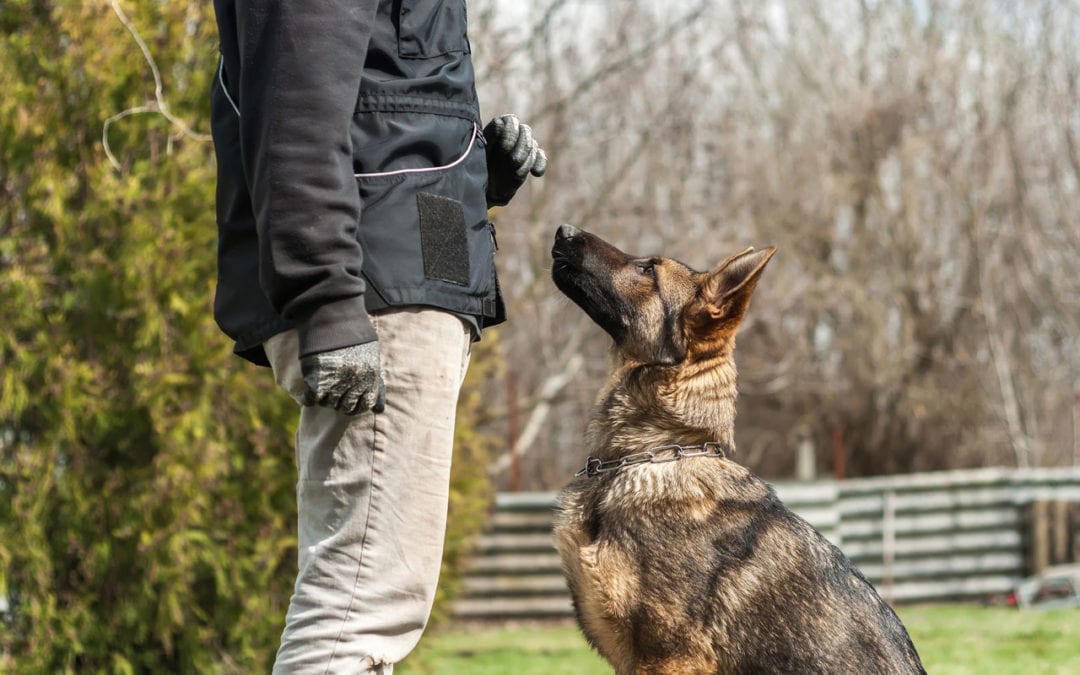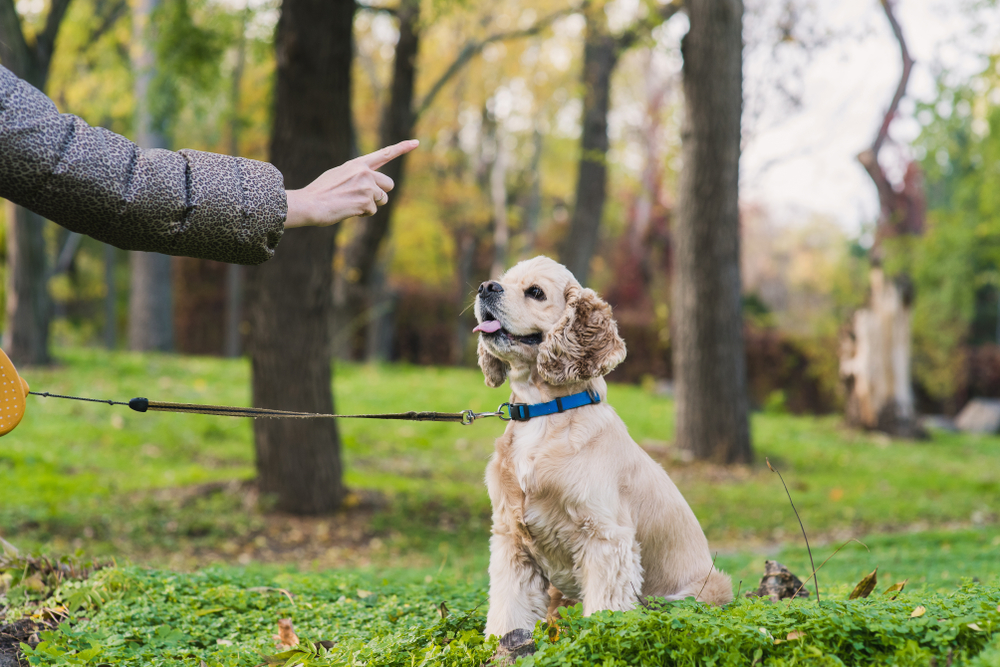Start Your Dog's Journey with Puppy Training That Builds Trust and Respect
Start Your Dog's Journey with Puppy Training That Builds Trust and Respect
Blog Article
Novice's Guide to Successful Dog Training at Home
Efficiently training a dog at home requires a nuanced understanding of canine actions and efficient interaction approaches. Developing clear training objectives, utilizing high-quality rewards, and preserving consistency throughout household participants are crucial aspects. Incorporating training right into daily regimens can boost both engagement and retention.
Comprehending Dog Actions
Comprehending pet actions is vital for efficient training and promoting an unified connection between people and their canine companions - Puppy Training. Pet dogs interact largely with body movement, vocalizations, and faces, making it important for proprietors to translate these signals accurately. Acknowledging actions such as tail wagging, grumbling, or cowering can provide insights right into a dog's mood and intentions
Additionally, recognizing the all-natural instincts of pet dogs, such as their pack mindset, aids proprietors establish leadership roles within the home. This is important for creating an organized atmosphere where pet dogs really feel safe and are extra receptive to training. Pet dogs are additionally influenced by their socialization experiences; very early exposure to different atmospheres, individuals, and various other animals can dramatically form their actions later on in life.
Common behavioral concerns, such as aggressiveness, stress and anxiety, or excessive barking, typically come from misunderstandings or unmet requirements. Observing and addressing these issues without delay can prevent acceleration and ensure a favorable training experience. By fostering a deep understanding of pet dog actions, proprietors can customize their training approaches to fit their canine companions, ultimately resulting in a mannerly and contented animal.

Necessary Training Devices
A well-appointed training room can dramatically enhance the effectiveness of canine training in the house. Crucial training devices make sure that both the pet and the fitness instructor can take part in efficient sessions that cultivate learning and bonding.

Spending in a strong leash and a comfy, well-fitting collar or harness is important for safety and security and control. These devices aid develop borders and ensure the pet dog remains safe and secure throughout training. Additionally, an assigned training location, free from diversions, aids concentration for both the pet dog and the fitness instructor.
Training aids such as training pads, cones, or dexterity equipment can likewise boost the experience by presenting variety and obstacles. Having a notebook or electronic application for tracking progress can be vital, allowing you to keep in mind successes and areas for renovation. Making use of these essential devices will develop a positive training environment and lay the structure for efficient knowing.
Developing a Training Routine
Developing a constant training routine is vital for reliable pet dog training at home. A well-structured routine not just helps in strengthening desired habits yet additionally provides your dog with a complacency and predictability. To create a reliable training routine, start by recognizing particular training goals, such as standard commands, chain walking, or house-training.
Select a designated time each day for training sessions, preferably when your pet is sharp and receptive. Procedure should be short, around 5 to 15 minutes, to keep focus and avoid fatigue. Consistency in timing and setting will improve your pet dog's discovering experience.
Integrate training right into everyday activities to strengthen skills. Practice commands during walks or mealtime, which integrates learning right into natural routines. Furthermore, remain flexible and change the regular as essential, fitting your pet's power levels and state of mind.
Positive Reinforcement Methods

When carrying out positive support, it is important to pick benefits look at these guys that are motivating for your pet. High-value deals with, such as tiny pieces of chicken or cheese, can be especially effective during training sessions. Furthermore, differing the benefits can maintain your pet's rate of interest and interest.
Beginning with basic commands, like "sit" or "stay," and slowly progression to a lot more complicated jobs. Uniformity is vital; make sure that all member of the family utilize the very same commands and incentive systems to prevent complication.
Moreover, it is crucial to continue to be patient and avoid aggravation. Canines, like people, discover at their very own pace. By fostering an encouraging training environment with favorable support, you can enhance your pet's understanding experience while enhancing the bond in between you and your hairy companion, laying the groundwork for effective training end results.
Common Educating Difficulties
While training a pet dog in the house can be a gratifying experience, it usually comes with a set of usual difficulties that can examine both persistence and uniformity. One common concern is diversion. Dogs may end up being quickly averted by noises, activities, and even scents in their atmosphere, making it challenging to maintain their emphasis during training sessions.
Another obstacle is variance in commands and reinforcement. It can perplex the pet dog and prevent progression if family participants use various cues or benefits. Establishing a unified approach is necessary for efficient interaction.
Furthermore, pet dogs can experience frustration or anxiety, especially if they do not recognize what is expected of them. This can bring about unfavorable habits, such as chewing or barking.
Finally, the timing of support is important. Postponed benefits can diminish the effectiveness of favorable reinforcement, as canines may fail to link the habits with the incentive.
Overcoming these difficulties needs commitment, clear communication, and a structured training plan - Puppy Training. Recognizing and resolving these typical challenges will certainly Click Here pave the way for a more delightful and successful training experience at home
Conclusion
Finally, effective canine training at home requires a comprehensive understanding of canine behavior and efficient communication methods. By developing clear training objectives and utilizing premium deals with together with favorable reinforcement, the training procedure comes to be more satisfying for both the canine and the trainer. Uniformity, persistence, and versatility are vital elements that assist in learning. Ultimately, integrating training into daily regimens boosts the bond between pet and proprietor, making the experience both pleasurable and efficient.
Developing a consistent training regimen is crucial for efficient dog training at home.Positive reinforcement methods are fundamental to effective dog training, advertising wanted actions through benefits instead than punishment. By fostering an encouraging training setting through favorable support, you can improve your canine's learning experience while reinforcing the bond between you and your fuzzy friend, laying the foundation for effective training results.
In conclusion, effective canine training at home necessitates a detailed understanding of canine habits and reliable interaction approaches. By establishing clear training goals and using high-quality deals with together with favorable support, the training process becomes a lot more gratifying for both the pet and the instructor.
Report this page